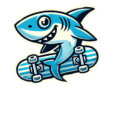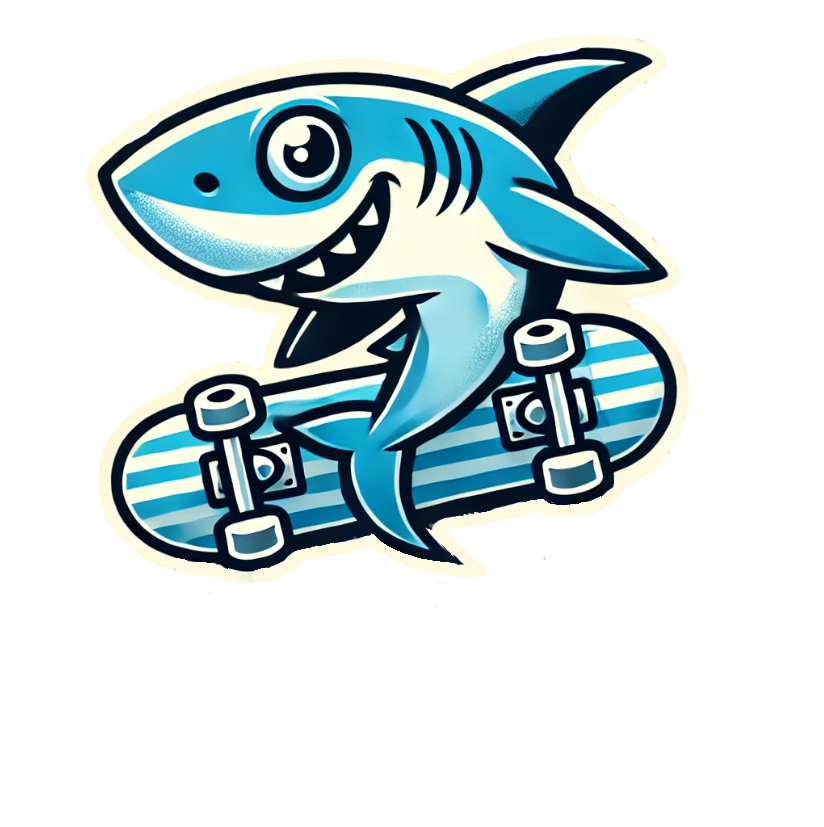Fingerboard park essentials
What is a fingerboard park?
A fingerboard park is a small version of a skatepark made for fingerboarding. It includes rails, ramps, stairs, and ledges so you can practice tricks and build creative lines.
Why build a park?
A park helps you improve your skills, express your style, and have fun. You can use it anytime, anywhere, and design it to fit your personal preferences.
What should a park include?
Good parks have rails for grinds, ramps for air tricks, stairs and gaps for challenges, ledges for technical tricks, and flat areas to link your moves. You can also add custom obstacles using household items for extra fun.
DIY vs. pre-made
Pre-made parks are ready to use and professionally built but cost more and offer less customization. DIY parks are cheaper and creative but take time and tools to build.
How to build your own park
Start by sketching a layout. Use wood, plastic, or cardboard to create features like ramps and rails. Paint and decorate your park to make it your own. Then test it and adjust as needed.
Tips for better use
Start with simple tricks on one obstacle at a time. Wax rails to make slides smoother. Record your sessions to track progress and share with others.
Keep your park in shape
Clean it regularly, fix any broken parts, and make sure everything is stable before using.
Get inspired
Try a street-style setup, a mini halfpipe, or use books and boxes to create something unique. Just have fun and be creative!

